Tropical Fruit Facts & Legends: Jackfruit – The World’s Largest Fruit
The Largest Tree-Borne Fruit
The jackfruit (Artocarpus heterophyllus) is the largest of all tree-borne fruits (As distinguished from certain varieties of squash and pumpkin both of which do not grow from a tree but continue to compete in terms of biggest sizes and/or weights of fruit in the overall plant kingdom). Some of the largest jackfruits ever reported have reached up to 150 pounds (almost 70 kg), up to 3 feet in length, and more than 20 inches in diameter (Its competitor to the title, the coco de mer had its biggest recorded fruit at 42 kg) . The jackfruit – also called jak-fruit, jak, or jaca; nangka in Malaysia and the Philippines; khanun in Thailand; khnor in Cambodia; mak mi or may mi in Laos; and mit in Vietnam – is probably the only tree in which, because of their huge size, the fruits grow from the trunk and major branches rather than among the foliage or the tip of the stems. In some rare occurrence, the fruit actually grows from the roots under the ground. Called Vaer Palaa in India, the underground jackfruit is considered special and believed to be sweeter and tastier. The existence of an underground fruit is not known until certain cracks appear below the trunk and the sweet aroma of the ripe fruit oozes out from the ground.
Jackfruit Parables and Legends
The jackfruit is native to parts of Southern and Southeast Asia. In Bangladesh, the mango is the national tree while the jackfruit (locally called Kathal) is its national fruit. In Tamil Nadu, the jackfruit, called Palaa Pazham, shares the throne with the mango and banana in the Mukkani as the second of the three royal fruits. In the Parables of Sivananda; “The Parable of the Jack-Fruit in the Courtyard” beautifully draws an analogy between dealing with the difficulties of getting the exotic flesh of the jackfruit and making difficult choices in a young man’s life. It was also in India where the hilarious “Jackfruit Letter” originated. The letter was written by an irate train passenger who, using graphic descriptions in funny English, lodges a complaint against a train guard who dispatched the train while the poor passenger was still using the toilet at the platform. The letter is believed to have led to the introduction of toilets in railway coaches in trains of the Indian Railways.
In the Philippines, a charming legend tells of a chieftain who had promised the hand of his lovely daughter, Princess Marang, to the son of another chieftain. But Princess Marang fell in love with a merchant in the market place and the father, because of his deep love for daughter, reneged on his vow and allowed Princess Marang to marry the man he truly loved. The chieftain eventually died but a strange tree grew by his grave ‘bearing fruits that were sweet, smelled heavenly, cured the sick, and made the old feel young—because it was the gift of a golden-hearted father’ (Fruits of the Philippines, Doreen Fernandez, 1997).

Because of its huge size, the fruit grows from the tree trunk and its main branches (Tupi, South Cotabato, Philippines)
Main Jackfruit Varieties
The fruit has an enormous and prickly appearance, looking somewhat like durian though the jackfruit is much larger and has smaller spines. Inside the fruit are starchy, fibrous pods or “bulbs” which compose the main edible meat of the fruit and serves as the fleshy covering for the round, chestnut-like seeds. Varieties of jackfruit are distinguished according to the characteristics of the fruit’s flesh and are generally classified into: the “hard” variety which has firm flesh and very large fruits; the “soft” variety with softer and sweeter flesh and bears smaller fruits; and the “butter” variety whose flesh has a consistency intermediate between the “hard” and “soft” varieties. Some people claim that the peniwaraka (honey jak) of Sri Lanka is the best jackfruit of all.
Edible when Ripe or Unripe
The jackfruit is ripe and ready for consumption as a fresh fruit as soon as it starts to give off an aroma, its skin is stretched out, and the spikes stand clear of each other. The ripe, uncooked flesh is firm, thick, and sweet and can be eaten as is or cooked and sweetened with sugar into a jam. A popular snack in the Southeast Asia (called turon in the Philippines) is fried plantain banana wrapped in flour with strips of jackfruit inserted at the middle.
Unripe (young) jackfruit, minus the skin and the inner core, are usually cut up and cooked or dried, or pickled as vegetable, with some similarities to breadfruit and is commonly used in South and Southeast Asian cuisines. Cooked young jackfruit meat has a mild flavour which is remarkably similar in texture to chicken, making jackfruit an excellent vegetarian substitute for meat. In India, young jackfruit meat is sliced and fried in coconut oil for a crispy salty snack.
Aphrodisiac Seeds?
Jackfruit seeds resemble chestnuts and are likewise edible. They can be boiled and candied or baked like beans or made into flour. Roasted jackfruit seeds have been known to possess aphrodisiac properties and are often consumed for this purpose. The leaves are used as a wrapping for steamed idlis. Likewise, the young shoots and flowers are sometimes eaten as a vegetable.
A Variety of Health Benefits
The jackfruit has wide-ranging health benefits proven in laboratories and in traditional folk medicine. It contains vitamin C, an antioxidant that protects the body against free radicals, holds the cells in our bodies together, strengthens our immune systems and keeps our gums healthy. It has low caloric content and provides potassium which helps lower blood pressure. The jak also contains phytonutrients that can prevent cancer cells from forming in the body, can lower blood pressure, can fight against stomach ulcers and can slow down the degeneration of cells thus making the skin look young and vital. Other nutrients including vitamin A, thiamin, riboflavin, calcium, iron, sodium, zinc and niacin can also be found in the jackfruit.
Various Medicinal Purposes
The jackfruit has been traditionally used for various medicinal purposes. The ash of jackfruit leaves, burned with corn and coconut shells, is either used alone or mixed with coconut oil to heal ulcers. The dried latex when mixed with vinegar, also promotes healing of abscesses, snakebite and glandular swellings. The liquid extracted from boiling the root is said to control asthma and treat skin diseases. The root is sometimes roasted, ground, boiled and turned into a tonic to control diarrhoea. Heated leaves are placed on wounds to control swelling. It is also believed that the jackwood has a sedative property and that its pith can cause abortion.
The Exotic Jackwood
Timber from jackfruit tree resembles mahogany and is considered superior to teak for furniture, construction, turnery, masts, oars, implements, brush backs and musical instruments. “Jackwood” is termite proof, fairly resistant to fungal and bacterial decay, and seasons without difficulty. Palaces were built of jackwood in Bali and Macassar. In Ceylon, jackfruit is grown mainly for timber although its fruit is also much appreciated as a by-product. Jackwood forms part of the gamelan in Indonesia; of the kutiyapi in the Philippines; of the Indian string instrument Veena and the drums Mridangam and Kanjira.
The sawdust of jackwood or chips of the heartwood are processed to produce a rich yellow dye commonly used by Buddhist monks for dyeing silk and the cotton robes. The same dyeing effect is applied in Indonesia to create a yellow tone to the coconut toddy.
.
.
Jackfruit Photo Slideshow
Related articles
- Tropical Fruit Facts and Legends: Pomelo – The Fruit of Reunion (travellingartist.wordpress.com)
- How to cook jackfruit (wiki.answers.com)












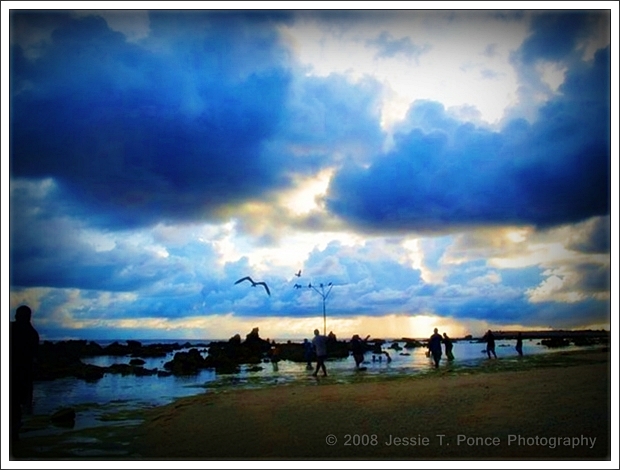
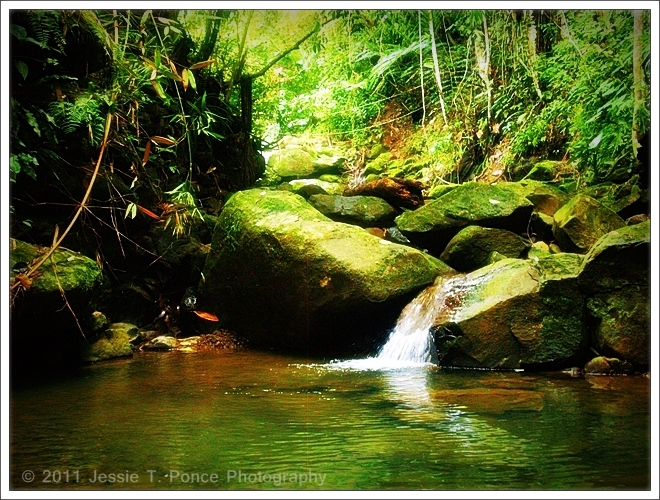



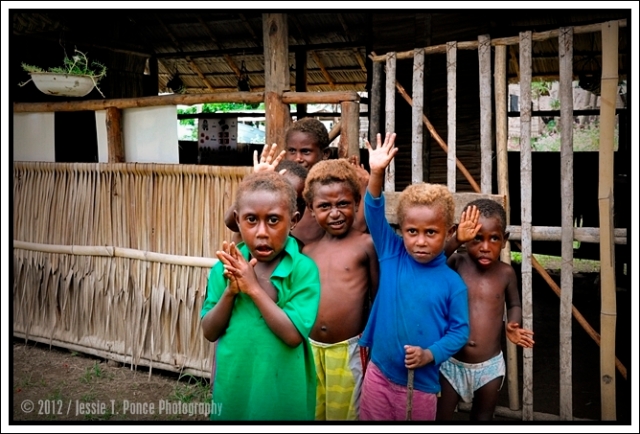
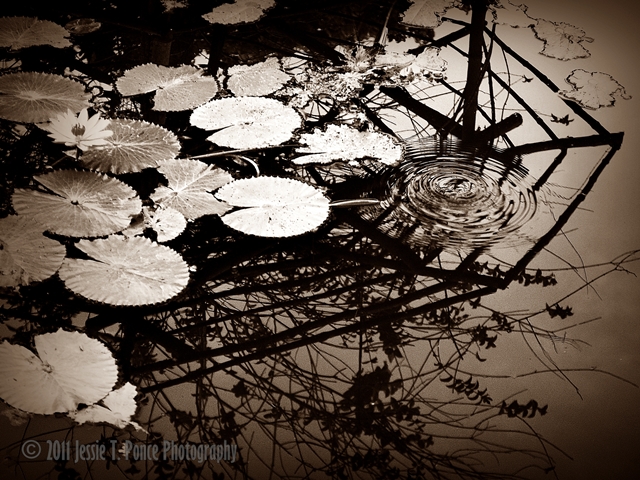
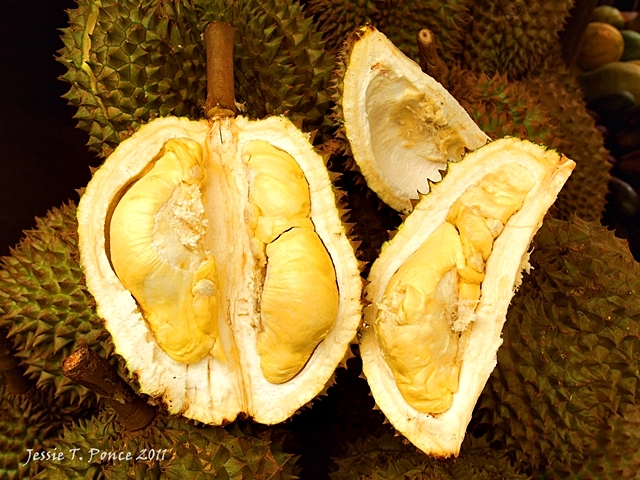
Pingback: Experiments in Texture « A Traveller's Tale
Pingback: Tropical Fruit Facts and Legends: Mango – The Fruit of Love and Friendship « A Traveller's Tale
Pingback: Tropical Fruit Facts and Legends: Pineapple – The Fruit of Hospitality « A Traveller's Tale
Pingback: Tropical Fruit Facts and Legends: Durian – Asia’s Notorious “King of Fruits” « A Traveller's Tale
Pingback: Jual Keripik NANGKA 100% Asli Buah NANGKA Segar | Jackfruit Chips Manufacturer, Supplier & Exporters
Pingback: Jackwood Art « A Traveller's Tale
Pingback: Camilan Sehat Keripik Nangka Terbuat Dari Asli Buah Nangka Segar | Chips Made From Fresh Natural Jackfruit | KERIPIK | KRIPIK | OLEH OLEH | KHAS | KULINER | WISATA KULINER | KERUPUK | KRUPUK | AGEN | GROSIR | CHIPS | SNACK
I am drooling at your Tropical Fruits series and reliving a lot of my childhood in the Philippines and Guam. The jackfruit is one of my favorite fruits and still love them but now only eat them from a can =) Beautiful picture!. I love all of those jackwood wares and haven’t seen them anywhere else.
LikeLike
Pingback: Keripik Nangka Camilan Sehat Terbuat Dari Asli Buah Nangka Segar | KERIPIK | KRIPIK | OLEH OLEH | KHAS | KULINER | WISATA KULINER | KERUPUK | KRUPUK | AGEN | GROSIR | CHIPS | SNACK
After reading this post and seeing all the wonderful pictures, I believe I must find and try jackfruit. Very interesting. I’d never heard of jackfruit before.
LikeLike
Kamusta na! Very informative article! I found jackfruit in Uganda, of all places (as well as Filipino soap operas showing on their tv broadcast!). They had the jackfruit trees growing in the villages (see my posts on Uganda). Thanks for stopping by my blog!
LikeLike
Mabuti!Thanks for returning the visit. Glad to know you’re seeing traces of the Philippines in Uganda. Stay safe.
LikeLike
Pingback: Tropical Fruits: A Photo Gallery « A Traveller's Tale
Back in the day in my home town in West Mizoram ( North East Corner of India), me and friends would eat jackfruit straight from the tree if we happen to find a ripe one.
I think I’ve had enough jack fruit as a kid. I never feel like eating one. Till now.
LikeLike
Ummm….Mango my favorite. Never had jackfruit.
LikeLike
Interesting story! Cute letter from the Servant…
LikeLike
Pretty interesting read!
LikeLike
Pingback: Fruit fruit fruit!
Pingback: Throwback Thursday: Tropical Fruits Facts and Legends | A Traveller's Tale
I love jackfruits. We cultivated this fruits in our farm and I also seen one from underground but no chance of eating it since its not ours. haha. I also make candies by cooking it and add brown sugar. Then you can preserve it for a while. Now, that I am here in Manila I rarely eat nangka if my friend brings at my apartment.
LikeLike
Great read!! I love that letter!! 😉
LikeLike
Love all the traveling info especially the fruit. Very interesting!
LikeLike
Thanks for visiting and for leaving a comment.
LikeLiked by 1 person
Jaboticaba also grows on stems and trunks.
LikeLike